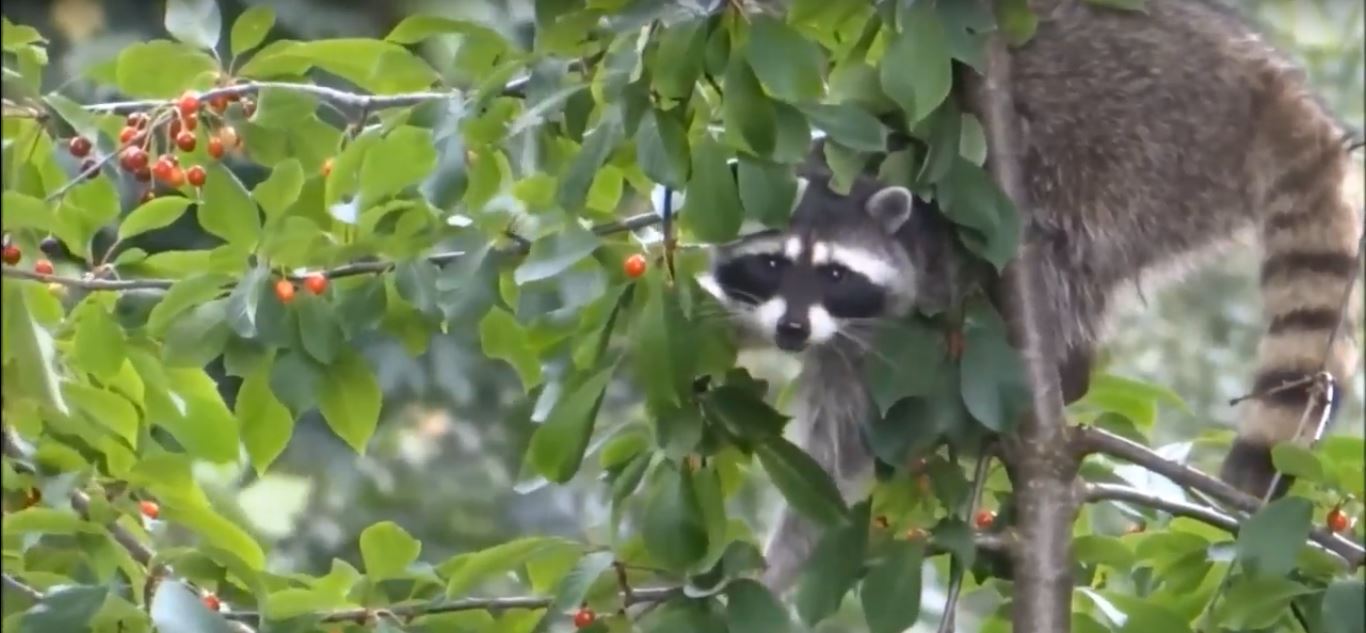How to Identify Raccoon Tracks?
It is a medium sized mammal having its abundance in North America where it is generally called as coon. It has length of
16 to 28 inches and weight 4 to 9 KGs. Its special features are adroit front paws, facial mask which are themes of ethnic
groups in America whereas it has a special ability of remembrance of solution of a task up to three years. It is an omnivorous
Pennsylvania animal having its residences in assorted forests, mountains, coastal areas. In Europe and Japan then can also be found now. They
also possess swimming ability while in mating season they all live together and through their foot prints and feces most of the
work to trace them is being done.

How to Identify Scranton Raccoon Tracks
Raccoon possess a human hand like feet and it uses it in an efficient way to catch and handle its prey much easier than humans
therefore its foot prints are often available in the shape of a hand with 2 to 3 inch diameter. They have small claws while consist
five fingers in their front and back feet. Raccoon tracks are unbalanced in shape, have smallest inner toe directed towards rear of
the foot than other toes. Foot pad is generally C-shaped. Its front tracks have longer toes spread from each other while large palm
and heel pad is on rear track.
The way of walking of Pennsylvania raccoons is quite distinctive and results in a pattern where front and rear tracks from converse sides of
body index to each other. Step length in this walk ranges from 10 t0 18 inches while raccoons make use of jogging and fast racing
activity to evade danger. Raccoons are omnivorous therefore their feces are quite uneven in color, regularity and form. It can be
found under the trees upon which it usually takes rest. In case of dry foods its scat is pipe shaped with wedge ends while it differs
in case of other foods. Since it can swim therefore its tracks can also be found near water in muddy areas where they can be easily
traced. Their posterior feet have sunk into mud deeper as they have weighty back. In some of its tracks claw marks are also present
but not in all tracks. Near water it stays for more time in order to search food under water and due to this activity its foot prints
can be found in abundance there and with their unique features of identification can be traced easily. This mammal is clever, adaptive
and has a striped tail, usually it goes to sleep for several days during cold weather, in this case its fur on its sleeping place gives
an account of its appearance while in mating season their gathering and collective activities, quarrels are also sign of tracking a
Scranton raccoon as well. In sand and snow its foot prints even get more vivid and can be traced easily due to its bulky back and unique
walking style.
Visit our Scranton wildlife trapping home page to learn more about us.

